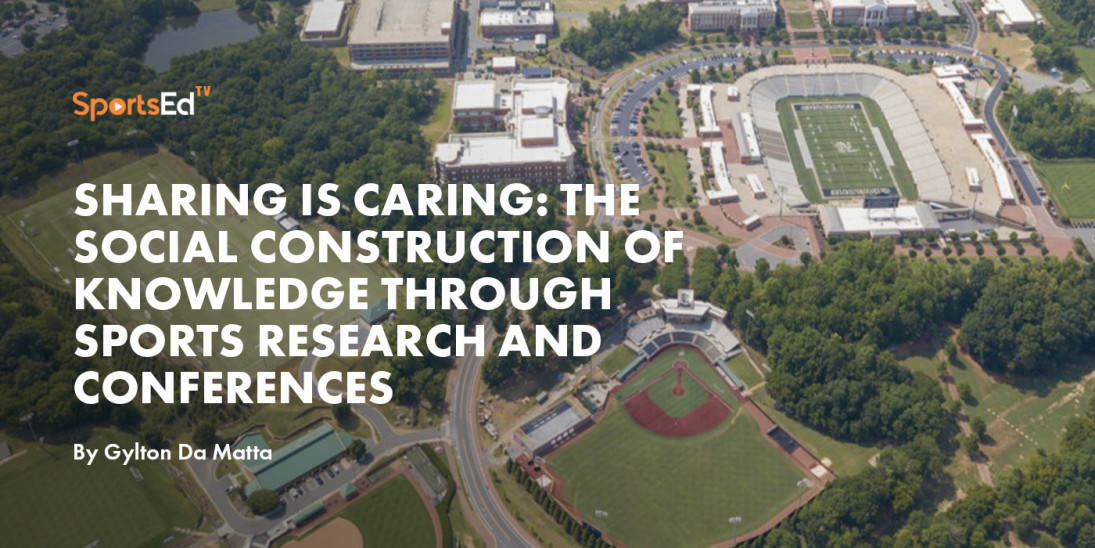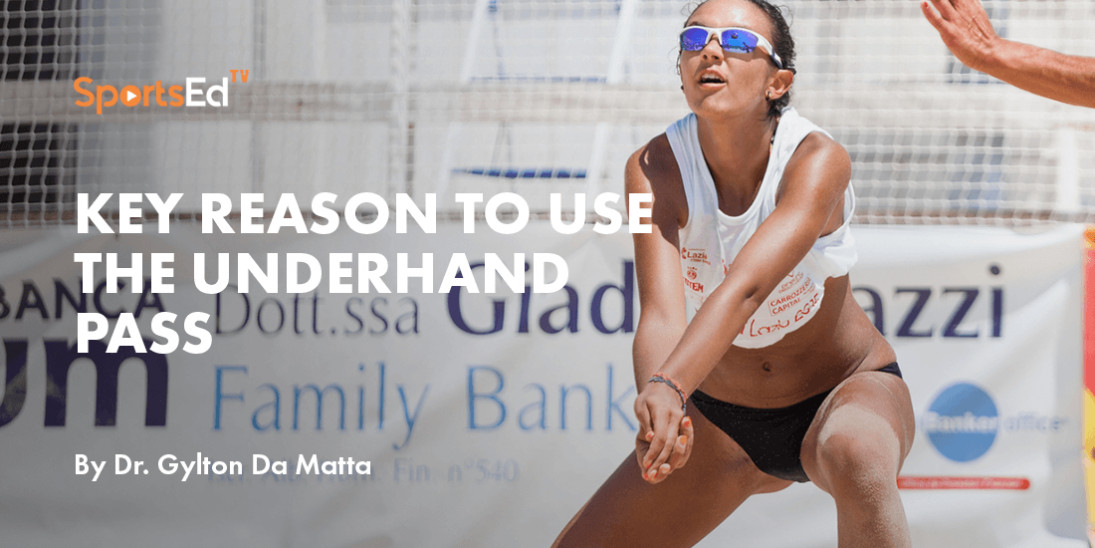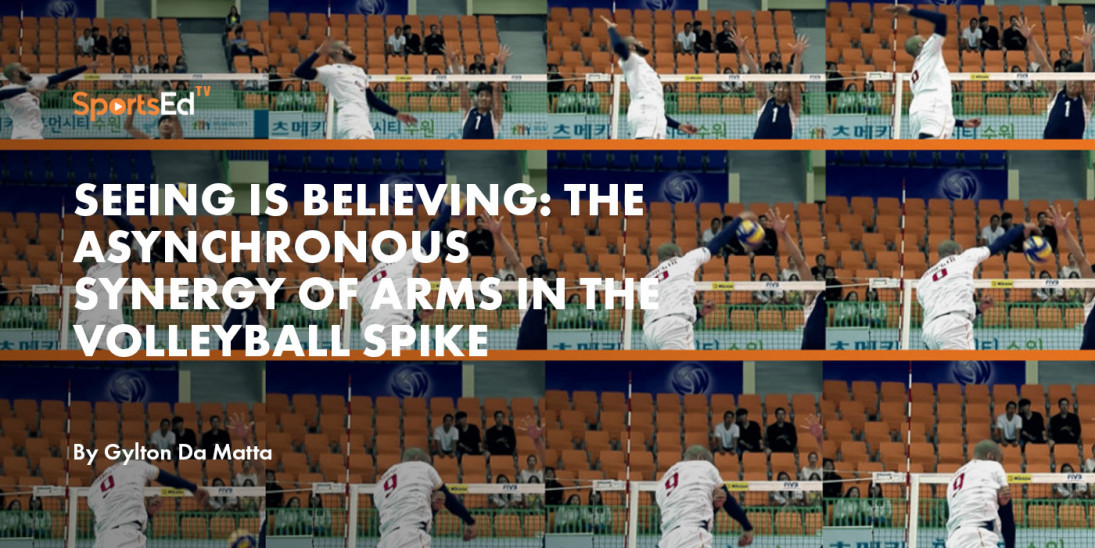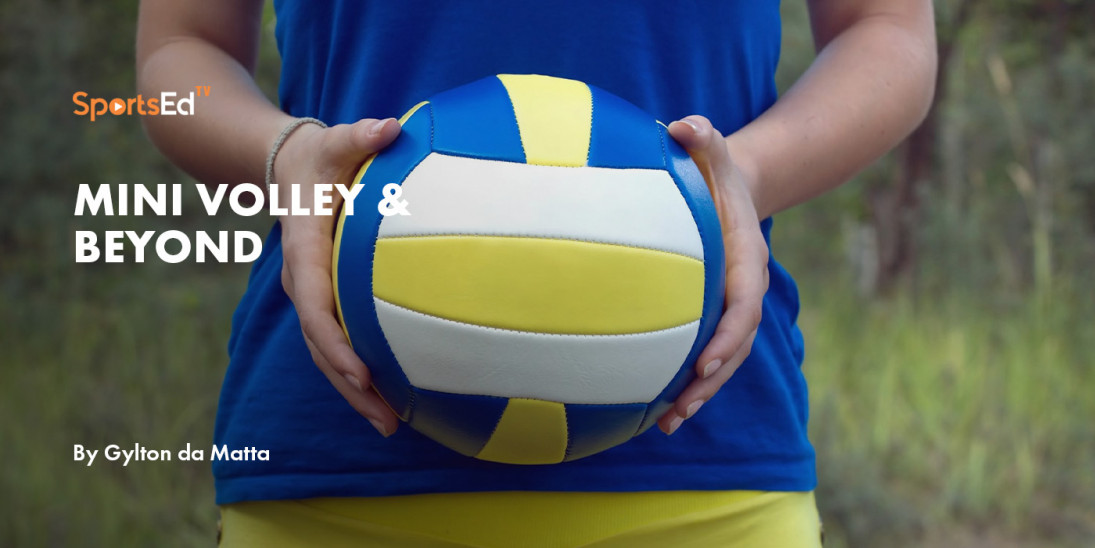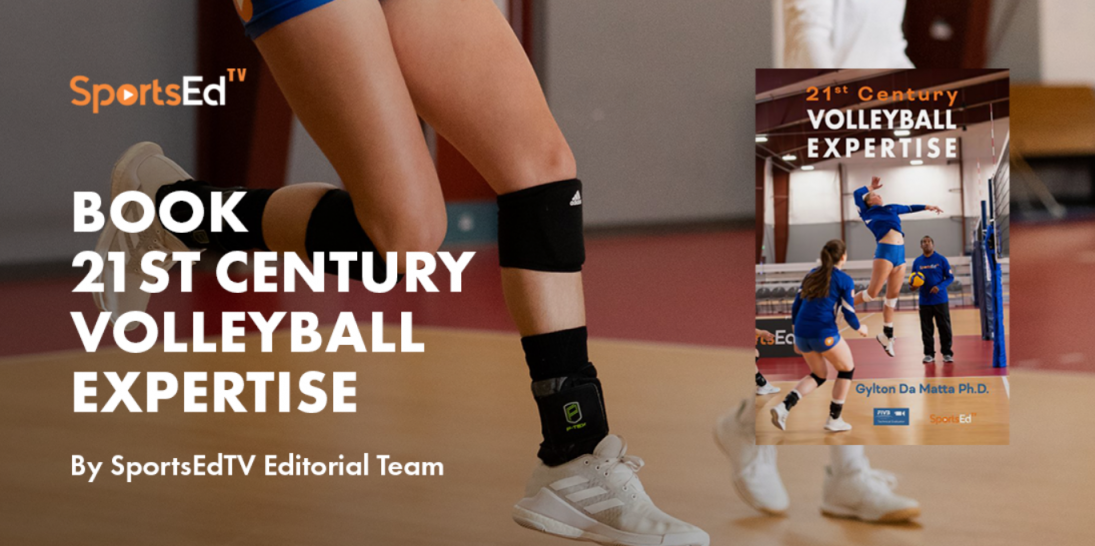Volleyball, Physical Education
Welcome and thanks for visiting...

It Is Time to Have Fun Playing Volleyball
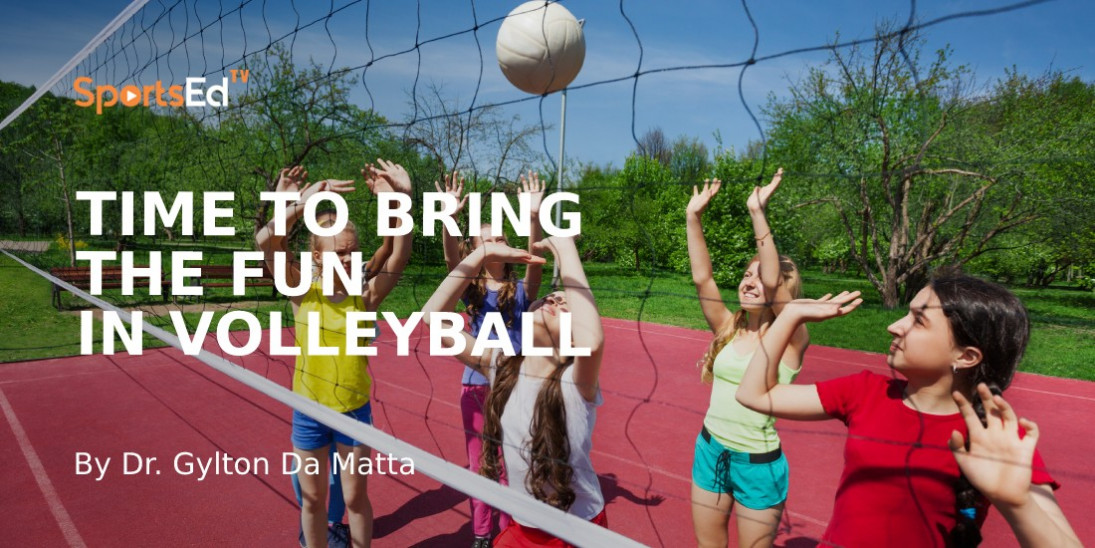
Time is of the essence: It is time to have fun playing volleyball.
Inspired by the Volleyball in Schools Symposium held in Canada in 2007 and in Argentina in 2009 and 2011, I would like to share the experts’ recommendations that can be beneficial for children who like to play volleyball in any country across the globe. See how 5th and 6th graders play volleyball in Japan. In 2007, top scholars concluded that volleyball is an ideal sport to be taught in Physical Education programs from Elementary through High School. Mr. Yoshida presented videos demonstrating that with a well-designed curriculum physical educators introduced catch & throw games, dynamic ball activities and over the net game with a bounce and not bounce that culminated in boys and girls playing awesome volleyball by the ages of 11 and 12. See: Boys Elementary volleyball in Japan and 1990 Girls Elementary volleyball in Japan. In these videos you will see relevant multicultural details towards equity and inclusion. For instance, to embrace their identity as volleyball players, all girls got haircuts and dressed athletically to honor their sport. And the whole curriculum of PE happened at regular hours. The announcer of those events was a former gold medalist for the 1972 Olympic in Munich, Dr. Matsudaira, with whom I had the privilege attend a coaches’ volleyball clinic in my hometown, Belo Horizonte, Brazil, at the Olympico Club when the Japanese team visited Brazil in 1975/ 1976. I was a water boy and a helper. Dr. Horst Baacke gave me a book that was the 1972 FIVB Coaches Manual with lessons of Mini-Volleyball, first print.
If children are able to perform the underhand serve, pass and set, then they can start playing!
After seeing those incredible Japanese elementary school volleyball players, you might wonder how they learned to play so well at such a young age. First, I would like to share that volleyball is unique and that comparing volleyball with the developmental approaches of any other sport such as soccer and basketball is not the best approach. Volleyball is a non-contact, net-based, striking game whereas both soccer and basketball are contact invasion games in which the ball can be dribbled. Although many skills are performed on the ground, today, serving, blocking and spiking happen in the air. Thus, teaching baseball through skills might contribute 5% to the arm swing, but 85% of the aerial coordination requires spatial timing in the air. Therefore, teaching spiking using a baseball device might not be very effective. The developmentally appropriate movement analysis and technical tactical assessment of volleyball elicits that teaching volleyball from 8-12 years require the adoption of a series of sequences of adapted and modified games that best fits the visual, perceptual, psychomotor and social-cognitive development of our youth, so they can be successful in playing all modified games proposed by USA Volleyball and by the FIVB, the national and international volleyball governing bodies, respectively.
In my methodology of teaching volleyball there are four distinct stages:
- Playing modified games based on underhand serve, pass, set and simple spikes.
- Playing doubles, triples and 4 v 4 games in universal positions.
- Playing the real volleyball 6 v 6, with or without specialized positions but with blocking and defense skills.
- Playing 6 v 6, with tactical dispositions such as a 4 x 2, 5 x 1 or 6 x 2 offensive systems.
In small spaces with nets across the gym, children can have a lot of fun playing 2 v 2 volleyball.
The” No Child Left Behind” excluded many sports from PE Curriculum: A world overview
The challenges of children playing volleyball from 8-12 years are huge, mainly when volleyball has not been taught consistently at the schools anymore. In developing countries, the diversification of the curriculum towards health and physical activity has shifted the physical education elementary school curriculum from introducing basic sports to teaching the “new physical education” which is focused on (1) physical growth and maturation; (2) motor performance during childhood; (3) physical activity to prevent obesity; (4) cognitive, motor learning and practice of fundamental motor skills, and (5) psychosocial factor in physical education. In theoretical terms, all Elementary physical education programs have up-to-date terminology and a great appearance, but in practical terms: (a) children are not taught by a qualified PE teachers, (b) recess is counted towards “active time”, (c) when PE classes are scheduled, the gyms are overpopulated, and (d) in order to assure safety, teachers select games and activities in which children are seated in their own spaces or offer games that just one out of twenty pupils are actually running such as “duck-duck-goose”, “four square” or kick-ball. We know that students like such games, but they are not conducive to increase children’s fitness levels because only a few are active and most of the time the most “popular students”. The high stakes assessment of teachers created a hostile environment to teach sports in schools and many sports such as volleyball and gymnastics disappeared from Physical Education curriculum at the Elementary and Middle Schools levels.
In developed countries, the situation should be better because the schools have an abundance of space, equipment and time but (in the case of the United States), how children perform is considered the performance indicators for teachers’ tenure, retention, and promotion. Therefore, teaching recreational games, modified sports, educational gymnastics and even volleyball is out of question because they are seen as too difficult to be taught. Teachers may feel that they cannot take the chance to be evaluated or assessed on whether their pupils will be able to successfully perform complex tasks such as a handstand or a volleyball serve. Thus, it is easier to teach cup stacking or to teach locomotor skills such as how to walk, other than to teach a sport that requires adaptation to the ball. Teaching such sports means that dozens of students will be visiting the infirmary weekly because children they’ve jammed their fingers playing basketball. All over the world, volleyball has gained much popularity due to the Olympics. But, the role of physical education introducing the game is huge.
Across the globe there is a preference of boys playing soccer and girls playing volleyball. The challenge of elementary education sometimes requires the classroom teacher to be the physical education specialized teacher. Using SportsEdTV videos, classroom teachers and physical educators can have access to a powerful resource and a cinema quality video library for teaching volleyball. In addition to be able to suggest a vast content that can be downloadable in the phones or palm held devices, teachers can assign students cognitive task through the inquiry-based approach for learning motor skills, and also create communities of practice by assigning students to a 100% educational video platform. Moreover, teachers can assign students to do their health-related fitness through homework’s that will be engaging, meaningful and insightful. Finally, all over the world there is a trend to prescribe physical education / volleyball online. Well, with SportsEdTV videos, it is possible for children to do activities at home and document through the platform that he/she or the whole family were physically activity through the website log.
I wrote that developmentally appropriate volleyball is the key to success and having fun. It is a good idea to review this blog because it pertains to the idea of rescuing teaching volleyball at school.
Conclusion:
Challenges are also opportunities to rescue the connection between PE Curriculum and volleyball. So, what to do? Proposing a mini-volleyball curriculum to elementary and middle schools seems to be a great idea. In September of 2021, I have joined the International Children’s Volleyball Initiative. The purpose of this group was to study best practices in teaching volleyball for children successfully without early specialize. Through meeting with our “Mini-Volleyball International Group”, I have met with Remko Kenter, which I had heard before from Mr. Abe Meininger (FIVB Technical Committee). Mr. Kenter has proposed a series of children’s sports curriculum that embraces motor development skills, health-related skills, movement literacy and a multi-sport approach through a set of modified activities that are called Action Volleyball Exercise. One of the stages of teaching volleyball for children consists in learning the NeVoBo Smashbal! The Action Volleyball Exercise could very easily be adapted into a multi-sport elementary school program. Every elementary gym has multiples (8-10) Badminton courts. These courts are ideal spaces for teaching volleyball from ages 7-10. Moreover, the Mini-Volleyball 4-year plan seems to fit perfectly to attend the needs of Physical Education curriculum and standards while implementing the concept of early initiation and late specialization (Da Matta, 2004; Da Matta, et. Al., 2021).
